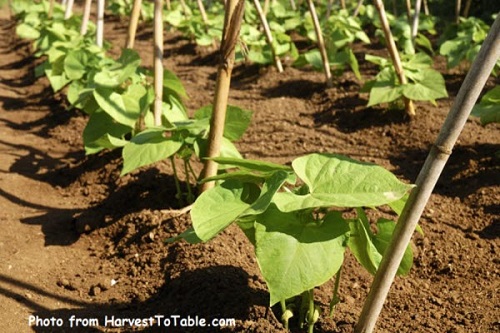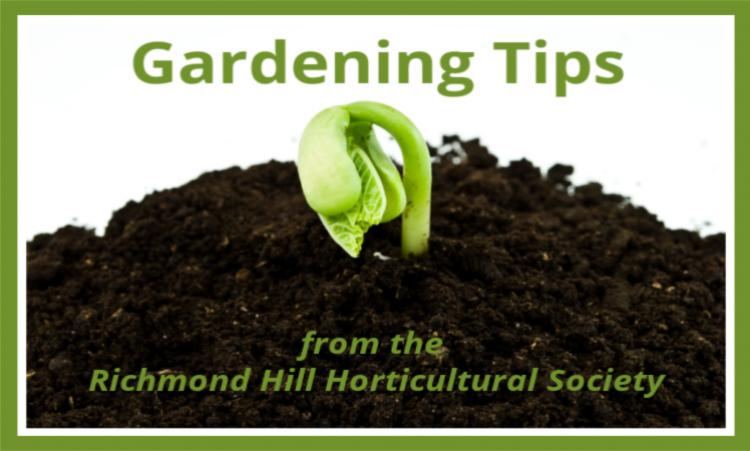Submitted by Doreen Coyne, a member of the Richmond Hill Garden & Horticultural Society
PLANT EARLIER IN PROTECTED AREAS: If you have protected areas of your garden – say it is surrounded by large trees or shrubs or has perennials around the garden’s edges protecting lower-lying plants. This may protect new plants that you grow in the protected area allowing you to plant a little earlier (1 to 2 weeks) than in other parts of your garden where the harsh winds may blow through the early part of May.

HOLE SIZE: When planting seedlings – large or small - always dig a bigger hole than seems necessary for your plant. Make the hole wider than the size of the pot it is in, but no need to make it deeper than that pot. You can tap or squeeze the sides of the pot to release it. You may want to consider trying to loosen its roots if they are tightly bound together. But before you place the seedling into the ground, we need to test the drainage of the soil. See below. Once the soil is ready, then place the plant into the soiling adding more around the plant as needed and ensuring its above-ground body is still at ground level.
DRAINAGE: Once you pour some water into the hole you’ve made for this plant, watch how fast the water drains away. If it drains quickly then it may not stay near your plants’ roots long enough for them to absorb the water and needed nutrients. In this case, you will need to amend the soil by adding compost and manure to what is already there. When amending the soil, you may need to dig slightly deeper to ensure there is sufficient room for the plant given the compost you’ll be adding. Once you’ve planted the seedlings, you may also want to “top dress” the ground around the plants which many feel will allow the plants to settle immediately in your conditioned soil.
On the other hand, if there is very little drainage and the water puddles, then your plants’ roots may root. In this case, you should really dig up the whole area and amend the soil to correct the drainage. To amend really poor soil, you should remove some of that earth then add both compost and manure in the entire area you’ve dug up. Again, top dressing the soil is useful as well. More manure on the surface of the soil means the soil is going to be fed and worms are going to work their way around the plants to pull in leaf mould which will further breakdown and feed the plant as its roots grow deeper
WATERING: It is still recommended that you water a plant well for the first few weeks until you see new growth beginning. At that point, you can reduce watering to what's normal for that area of the garden and for that plant.
References:
- Friends and other members of our Horticultural Society
- “Favourite Gardening Tips” by Marjorie Harris








